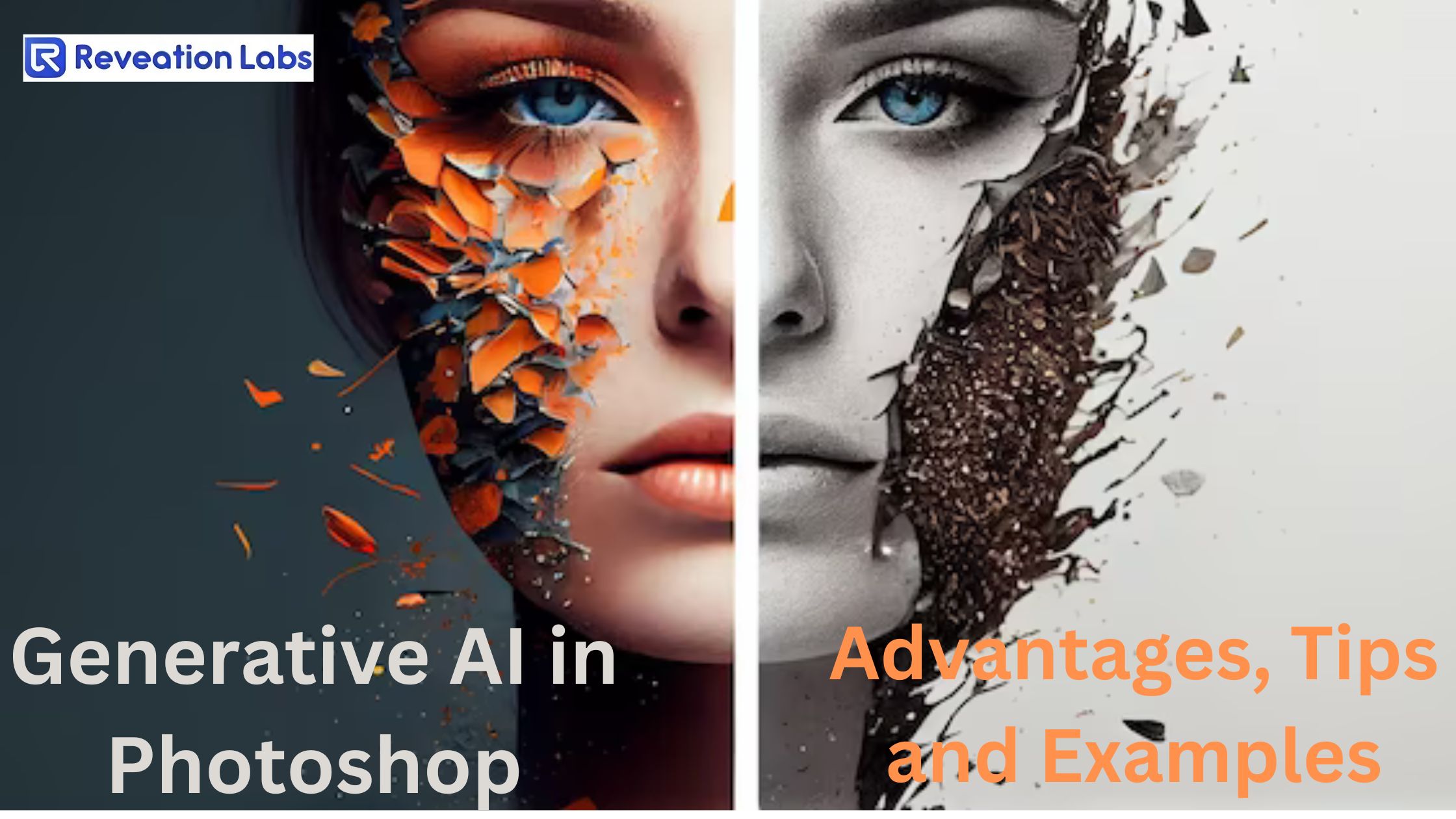Divya Nautiyal
Mon Oct 02 2023


The rise of Decentralized Autonomous Organizations (DAOs) has been nothing short of revolutionary. DAOs are essentially self-governing entities that run on smart contracts, making decisions collectively without the need for a central authority.
However, as blockchain networks continue to multiply, a new challenge arises: how can DAOs operate seamlessly across multiple blockchains? The answer lies in cross-chain DAOs and interoperability solutions like Polkadot and Cosmos.
What are Cross-Chain DAOs?
Cross-Chain DAOs, which stands for Cross-Chain Decentralized Autonomous Organizations, are like smart groups on the internet of blockchains. They can easily work on many different blockchains at once. These groups use special tools to connect these separate blockchains, so they can talk to each other, share information, and trade things like digital money without any trouble. This makes it easier to move digital stuff between different blockchains, helps them grow bigger and safer, and opens the door to more flexible and connected apps and decision-making on the blockchain.
Need for Cross-Chain DAOs
Blockchain networks are like separate islands, each with its own set of rules and features. Ethereum, Binance Smart Chain, Polkadot, and Cosmos, to name a few, all have unique advantages and limitations. While this diversity is beneficial for innovation, it can also lead to fragmentation and inefficiency. Imagine if the internet had no way of connecting different websites or platforms. It would be a fragmented digital world.
Cross-chain DAOs are the bridge that connects these blockchain islands, allowing them to work together harmoniously. This interoperability is crucial for a variety of reasons:
1. Asset Portability
Cross-chain DAOs enable assets to move seamlessly between different blockchain networks. This means you can transfer your assets, such as cryptocurrencies or NFTs, from Ethereum to Polkadot or vice versa without the need for complex conversions.
2. Enhanced Scalability
Each blockchain network has its own scaling solutions. By connecting DAOs across multiple networks, you can leverage the scalability features of each blockchain, improving overall network performance.
3. Risk Mitigation
Diversifying across multiple blockchains can reduce risks associated with network outages, congestion, or blockchain security vulnerabilities. A DAO that operates on multiple chains can switch to a more stable network when needed.
Role of Polkadot and Cosmos
Two prominent players in the cross-chain game are Polkadot and Cosmos. These projects have gained widespread attention for their innovative approaches to interoperability.
Polkadot and Cosmos play pivotal roles in enabling cross-chain interoperability and are at the forefront of addressing the challenges and opportunities presented by this revolutionary concept. Let's delve deeper into the specific roles of Polkadot and Cosmos:
Polkadot
Polkadot is often described as the "Internet of Blockchains" due to its unique architecture and its role in facilitating interoperability. Here's how Polkadot contributes to the cross-chain ecosystem:
1. Parachain Architecture: Polkadot introduces the concept of parachains, which are individual blockchains that connect to the Polkadot relay chain. These parachains can be customized to suit specific use cases and applications. Each parachain can have its own governance model and token, enabling flexibility and specialization.
2. Relay Chain: The Polkadot relay chain acts as the heart of the network, coordinating and securing the entire ecosystem. It serves as a shared security and consensus layer for all connected parachains, ensuring the integrity of the network.
3. Cross-Chain Communication: Parachains on Polkadot can communicate with each other and with external blockchains, such as Ethereum, through bridges. This cross-chain communication is essential for the seamless operation of decentralized applications (DApps) and DAOs across multiple blockchains.
4. Shared Security: Polkadot's shared security model allows parachains to benefit from the security of the relay chain. This means that smaller or newer chains can tap into the robust security of Polkadot, making it more difficult for malicious actors to compromise them.
Cosmos
Cosmos, another pioneering project, adopts a different approach to cross-chain interoperability with its "Hub-and-Spoke" model. Here's how Cosmos contributes to the cross-chain landscape:
1. Hub-and-Spoke Architecture: Cosmos Hub serves as the central blockchain within the Cosmos ecosystem. It acts as a hub that connects various blockchains, referred to as "zones." These zones are independent blockchains that can have their own consensus mechanisms and governance structures.
2. Inter-Blockchain Communication (IBC): Cosmos achieves cross-chain communication through the Inter-Blockchain Communication (IBC) protocol. IBC enables secure and efficient data transfer and asset transfers between different zones within the Cosmos ecosystem. This facilitates the creation of interoperable DApps and DAOs.
3. Sovereign Blockchains: Each zone in the Cosmos ecosystem is sovereign, meaning it can have its own set of rules, validators, and governance mechanisms. This allows for flexibility and specialization, with each zone optimized for its specific use case.
4. Scalability and Customization: Cosmos enables scalability by allowing new zones to be created as needed, each with its own unique features and functions. This modularity and customizability make Cosmos a versatile platform for cross-chain development.
Challenges and Opportunities
While cross-chain DAOs hold immense promise, they also face several challenges:
1. Complexity:
Building and maintaining cross-chain DAOs is a complex endeavor. Developers need to ensure compatibility with multiple blockchains, which can be time-consuming and resource-intensive.
2. Security:
Interoperability introduces new security concerns, as vulnerabilities in one blockchain could potentially affect connected chains. Robust security measures are essential to protect cross-chain DAOs.
3. Governance:
Decentralized governance across multiple blockchains requires coordination and decision-making processes that transcend individual networks. Effective governance models will be critical for the success of cross-chain DAOs.
Despite these challenges, the opportunities presented by cross-chain DAOs are profound. They can revolutionize industries like finance, supply chain, and gaming, opening up new possibilities for innovation and collaboration.
Final Words
In conclusion, cross-chain DAOs are the next frontier in the evolution of blockchain technology. They offer the promise of a more connected and efficient blockchain ecosystem, where DAOs can operate seamlessly across multiple networks. With projects like Polkadot and Cosmos leading the way, the future looks bright for cross-chain interoperability.
As the blockchain landscape continues to evolve, the ability to bridge the gap between different chains will be a game-changer, unlocking new horizons for decentralized innovation. Stay tuned for the exciting developments that lie ahead in the world of cross-chain DAOs!
Why Reveation Labs
We are a team that is technically proficient and simultaneously caring for your business. Our ideology is to provide the latest technologies that suit your business well.
Let’s discuss your requirements!
Give your business the next-gen technology it deserves. Be a part of our family of successful enterprises that work on high-end software solutions.
Experts
In all the latest technologies and developments.
Creative
To innovate the best solutions and pick the right technology for you.
Ethical
To always put you first & respect your business values and procedures.
Dedicated
To meet the deadlines and help you until the very end and beyond.
Approachable
For all your business needs and queries at any point of time.
Transparent
In our ways of working.




